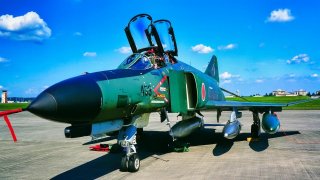The F-4 Phantom Belongs in the Fighter Jet Hall of Fame
The F-4 Phantom, a standout fixed-wing aircraft during the Vietnam War, epitomized American air power with its dual capability for air-to-air and air-to-ground missions. Known for its speed, durability, and heavy armament, the F-4 Phantom was instrumental in achieving approximately 150 air combat victories while sustaining 42 losses.
Summary: The F-4 Phantom, a standout fixed-wing aircraft during the Vietnam War, epitomized American air power with its dual capability for air-to-air and air-to-ground missions. Known for its speed, durability, and heavy armament, the F-4 Phantom was instrumental in achieving approximately 150 air combat victories while sustaining 42 losses.
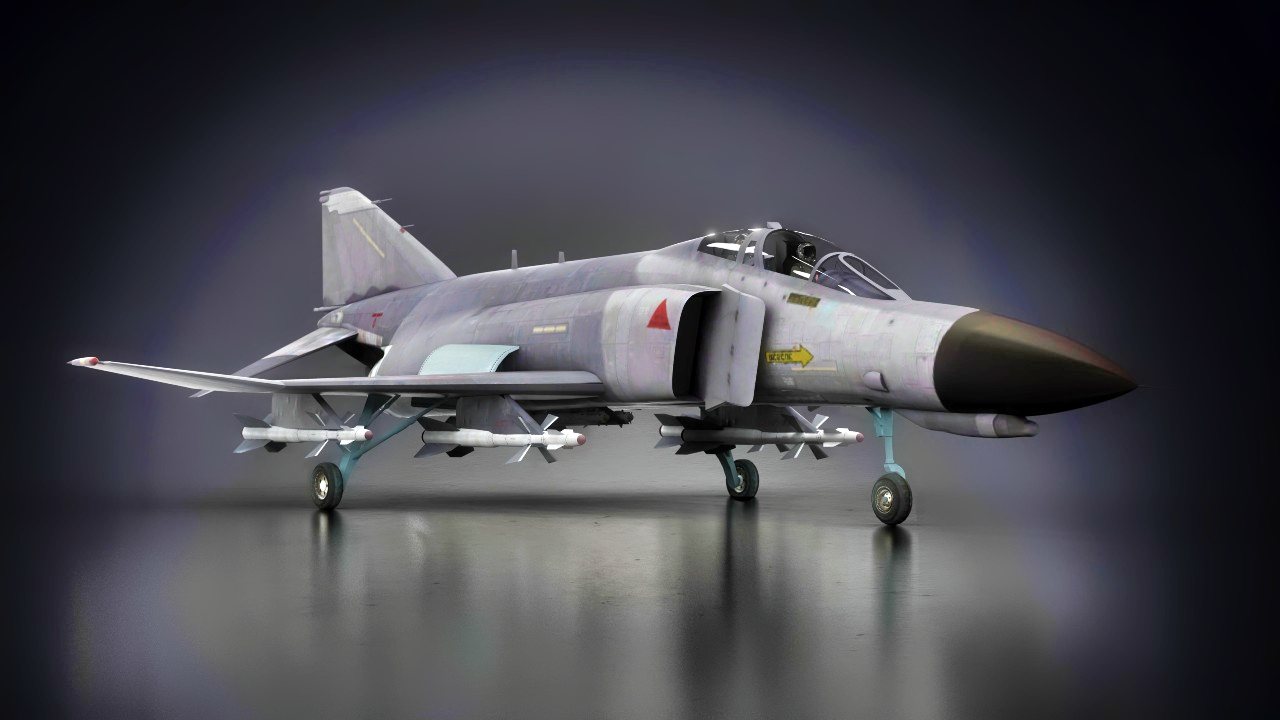
-Equipped with General Electric J-79-GE-15 engines, it could reach speeds up to 1,400 miles per hour. With a payload capacity of 16,000 lbs, it carried double the bomb load of a WWII B-17 bomber, utilizing weapons like the AIM-7 Sparrow and AIM-9 Sidewinder missiles.
-Initially developed in the 1950s as a naval interceptor, the F-4 Phantom saw over 5,000 units produced before production ceased in 1979. While primarily used by the U.S. Air Force, Navy, and Marine Corps, it also served in several allied nations' air forces. Today, despite being largely retired, countries like Greece, Turkey, and Iran still operate the F-4, albeit in limited roles and numbers.
The F-4 Phantom: America's Vietnam War Airpower Icon Continues to Fly
The Vietnam War brought warfare to the American family’s living room. Technological advancements in communications allowed news correspondents to depict warfare in a way that hadn’t been done in history.
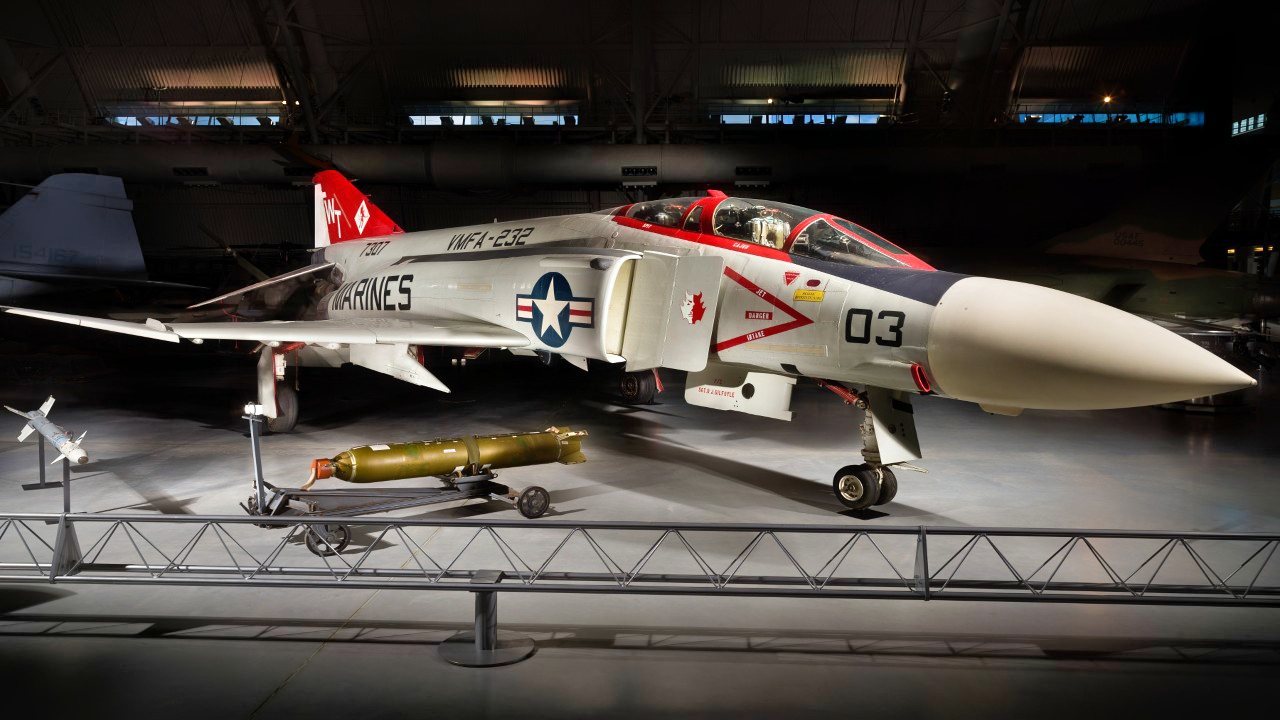
Every night, Americans would huddle around their new television sets to see what war looked like in the far-away country of Southeast Asia.
However, besides the gruesome realities of warfare, television also brought certain weapon systems to the forefront. The UH-1 Huey helicopter, the M-60 light machine gun, the AH-1 Cobra attack helicopter, and the M-16 rifle are some of the weapons popularized by the conflict in Vietnam.
But when it came to fixed-wing aircraft, one still stands out.
The F-4 Phantom Fighter Jet
Fast, heavily armed, and durable, the F-4 Phantom fighter jet revolutionized American air power. The aircraft could conduct both air-to-air and air-to-ground missions with enviable ease.
In terms of air combat, the F-4 Phantom was an exceptional aircraft. During the Vietnam War, F-4 pilots racked up approximately 150 kills at the cost of forty-two aircraft. The fighter jet could carry munitions like the AIM-7 Sparrow and AIM-9 Sidewinder air-to-air missiles.
But the F-4 Phantom was equally formidable against ground targets. With the ability to carry 16,000 lbs of munitions, or twice the bomb load of a World War Two-era B-17 Flying Fortress bomber, the F-4 Phantom was ideal for both strategic strike and close air support missions. The aircraft could carry conventional bombs, napalm munitions, and unguided rockets.
Built by McDonnell Douglas, one of the F-4 Phantom’s strongest characteristics was speed. The fighter jet could achieve speeds of 1,400 miles per hour (or almost Mach 2). To do so, the F-4 Phantom used two General Electric J-79-GE-15 engines that could produce a combined thrust of 34,000 lbs.
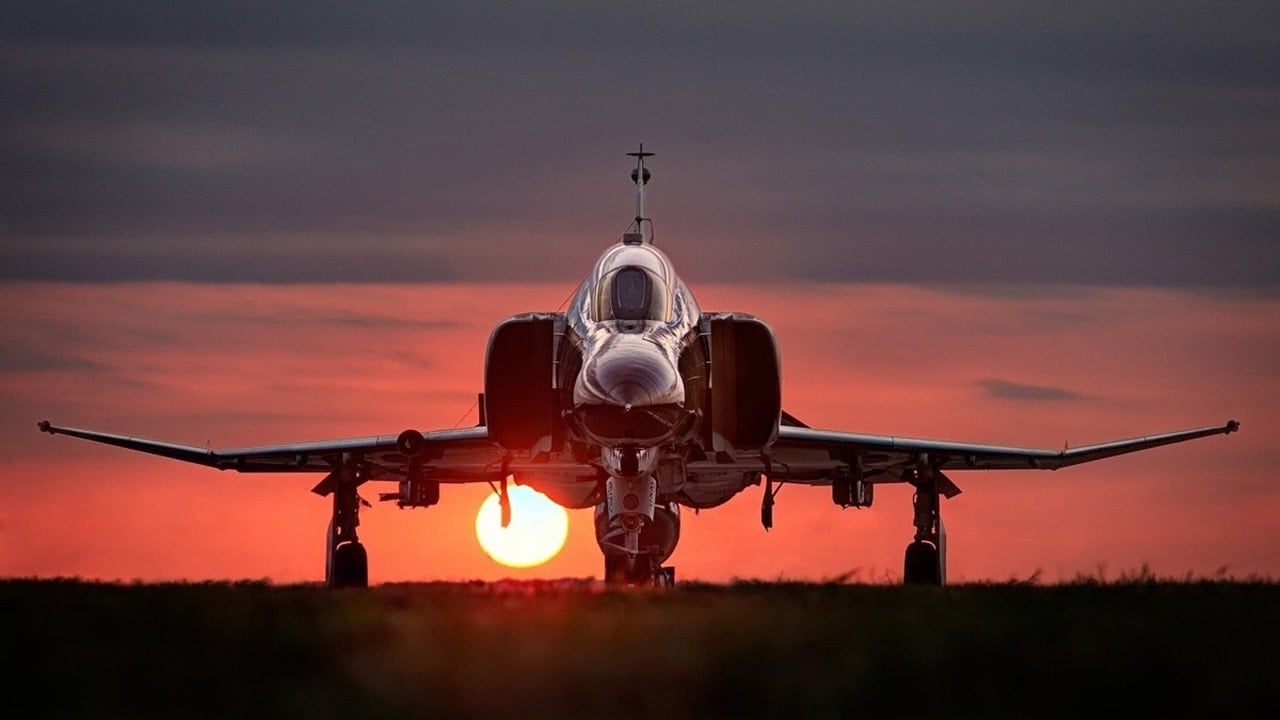
The concept for the F-4 Phantom began in the 1950s. Initially, it was intended as the Navy’s new naval interceptor to operate from its aircraft carrier fleet. However, the rest of the military soon understood the fighter jet’s potential and joined in the program. The F-4 Phantom first flew in 1958, but full-scale production didn’t commence until the early 1960s.
The production line closed in 1979 after more than 5,000 fighter jets had been built. The Air Force was by far the largest user of the F-4 Phantom with over 2,500 aircraft; the Navy and Marine Corps flew a combined 1,200 fighter jets of the type. Several allied and partner nations also purchased the aircraft. Indeed, it is through these countries that the F-4 Phantom is still alive.
The F-4 Phantom might have taken its first flight in 1958, but sixty-six years later it is still flying operationally. Greece, Turkey, and Iran (which bought the aircraft before the 1979 Islamic Revolution when Iran was a close ally of the United States) each operate a small number of F-4 Phantom fighter jets, mainly in surveillance and air-to-ground roles.
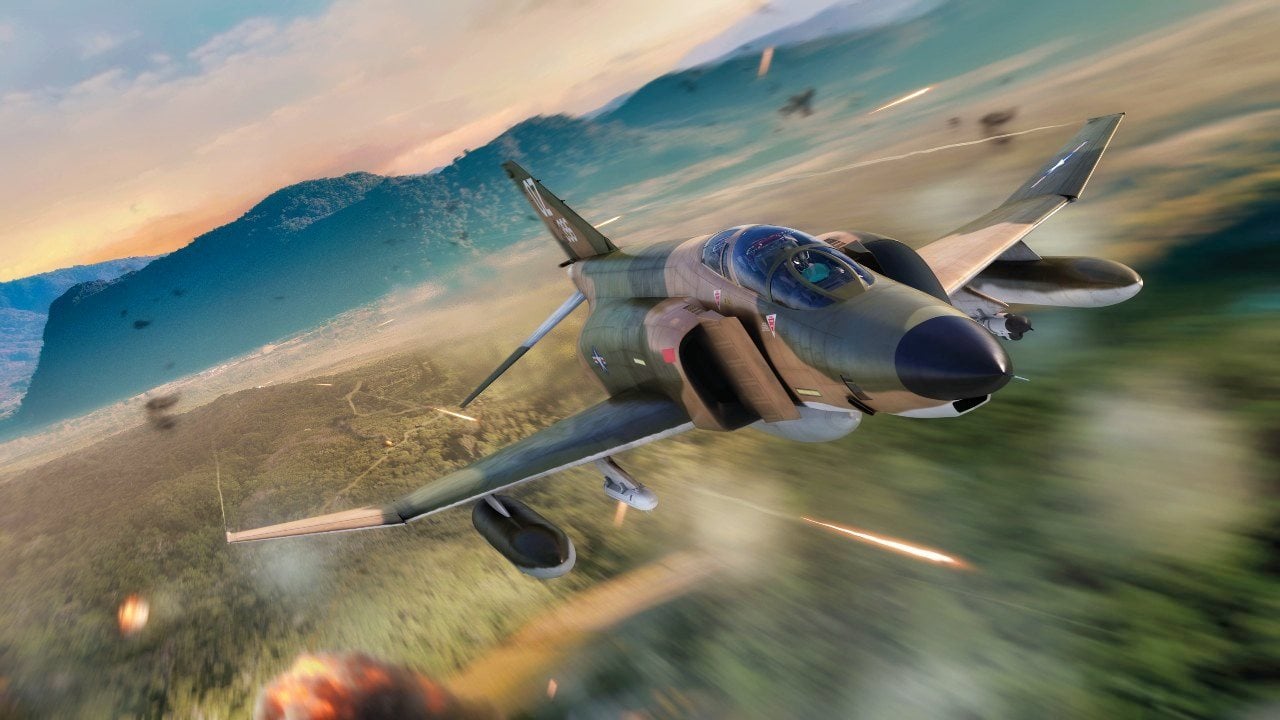
Greece, in particular, has modernized its fleet of thirty-three F-4E PI2000 Phantoms with new engines and technology so they can carry modern munitions and not just “dumb,” i.e., unguided, bombs. However, the aircraft in all three air forces are old and at the end of their illustrious careers.
About the Author
Stavros Atlamazoglou is a seasoned defense journalist specializing in special operations and a Hellenic Army veteran (national service with the 575th Marine Battalion and Army HQ). He holds a BA from Johns Hopkins University and an MA from the Johns Hopkins School of Advanced International Studies (SAIS). His work has been featured in Business Insider, Sandboxx, and SOFREP.
Image Credit: Shutterstock.


